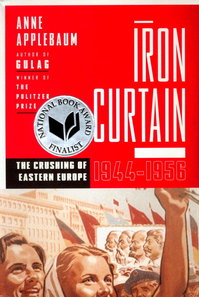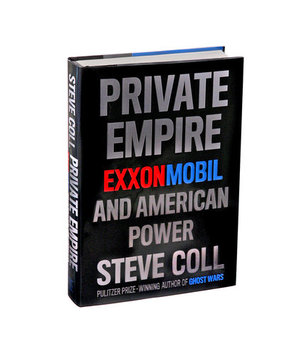(p. 512) . . . Apple filed suit against HTC (and, by extension, Android), alleging infringement of twenty of its patents. Among them were patents covering various multi-touch gestures, swipe to open, double-tap to zoom, pinch and expand, and the sensors that determined how a device was being held. As he sat in his house in Palo Alto the week the lawsuit was filed, he became angrier than I had ever seen him:
Our lawsuit is saying, “Google, you fucking ripped off the iPhone, wholesale ripped us off.” Grand theft. I will spend my last dying breath if I need to, and I will spend every penny of Apple’s $40 billion in the bank, to right this wrong. I’m going to destroy Android, because it’s a stolen product. I’m willing to go to thermonuclear war on this. They are scared to death, because they know they are guilty. Outside of Search, Google’s products–Android, Google Docs–are shit.
A few days after this rant, Jobs got a call from Schmidt, who had resigned from the Apple board the previous summer. He suggested they get together for coffee, and they met at a café in a Palo Alto shopping center. “We spent half the time talking about personal matters, then half the time on his perception that Google had stolen Apple’s user interface designs,” recalled Schmidt. When it came to the latter subject, Jobs did most of the talking. Google had ripped him off, (p. 513) he said in colorful language. “We’ve got you red-handed,” he told Schmidt. “I’m not interested in settling. I don’t want your money. If you offer me $5 billion, I won’t want it. I’ve got plenty of money. I want you to stop using our ideas in Android, that’s all I want.” They resolved nothing.
Source:
Isaacson, Walter. Steve Jobs. New York: Simon & Schuster, 2011.
(Note: ellipsis added.)




